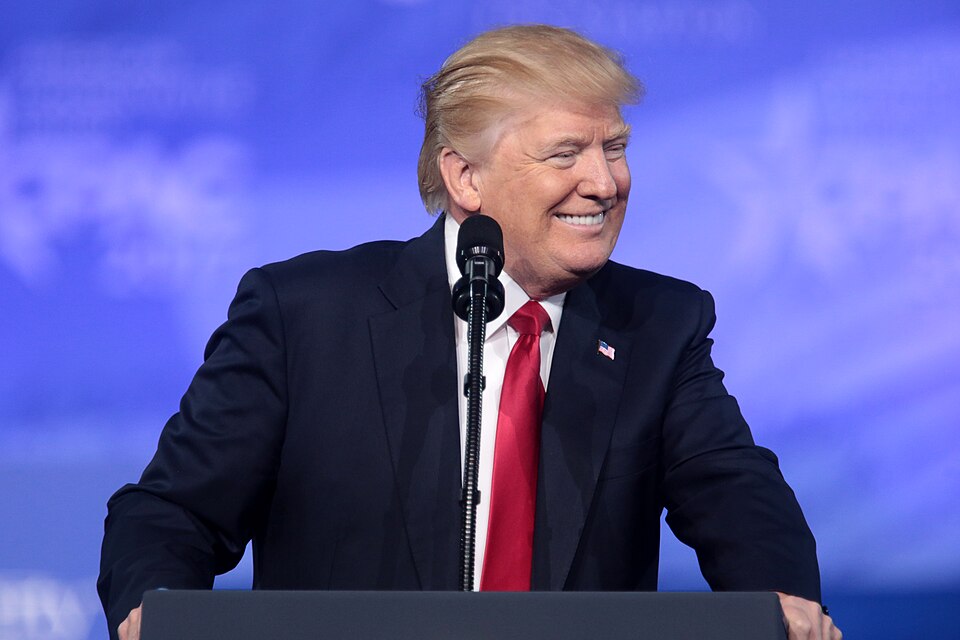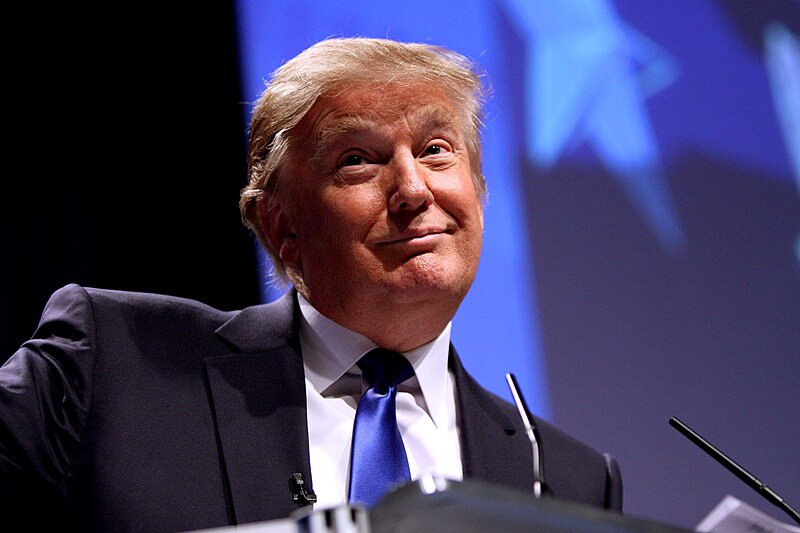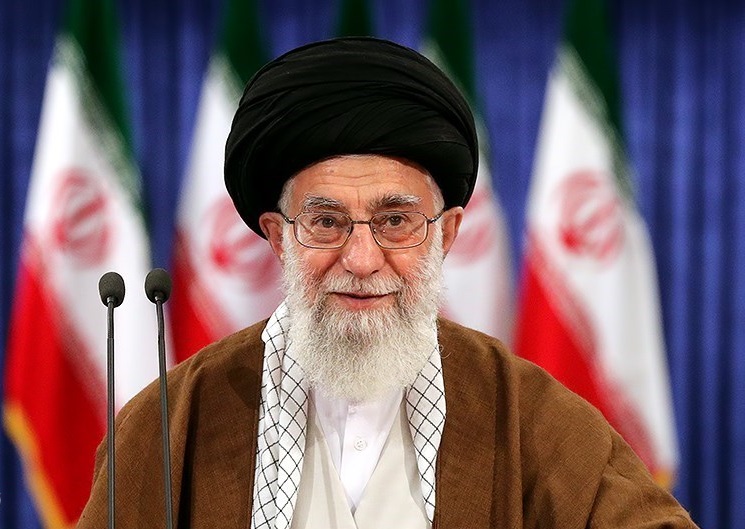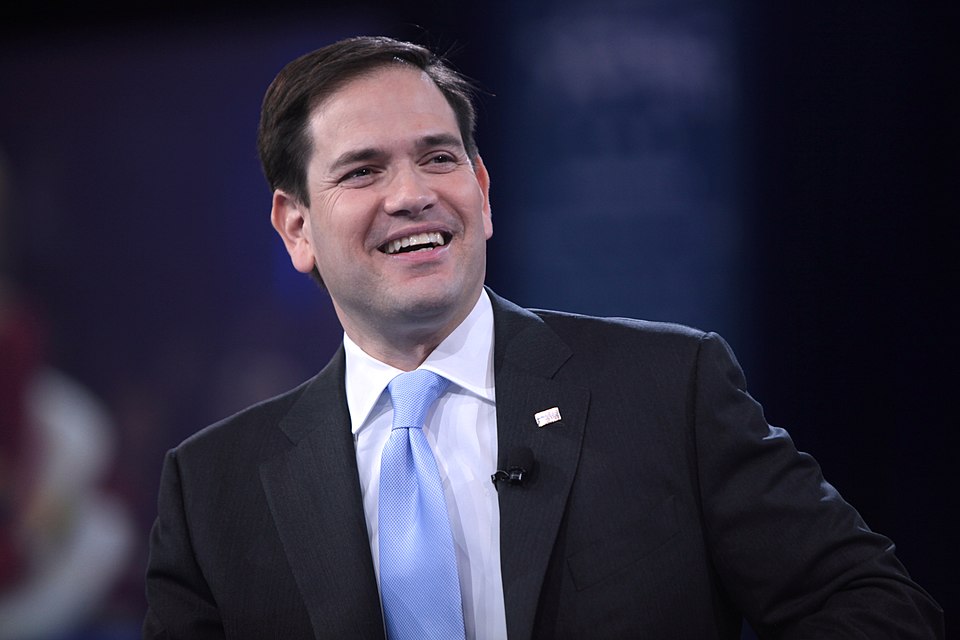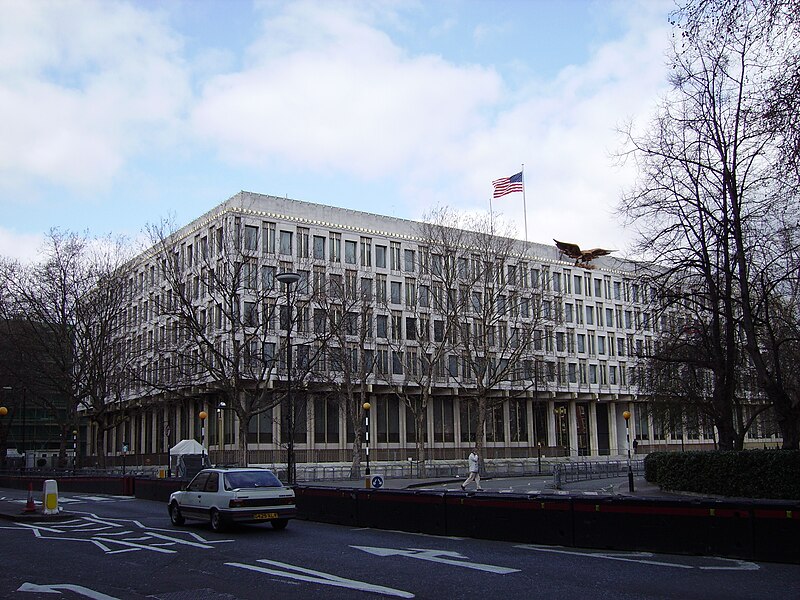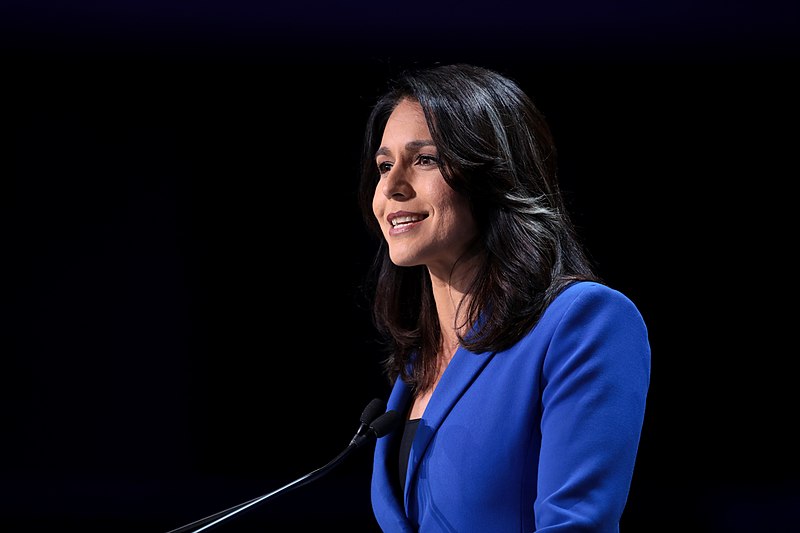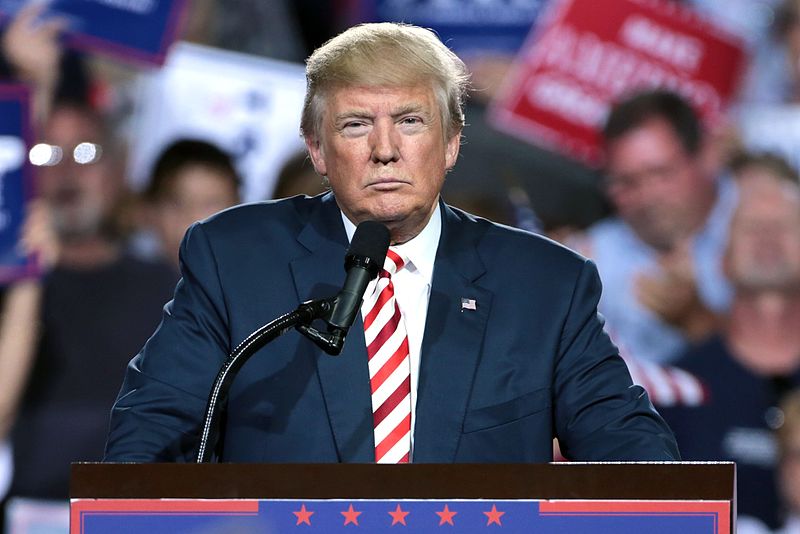
A team focused on government efficiency, led by Elon Musk, is set to arrive at the Department of Defense in the coming days. Sources familiar with the matter told NPR that the Department
of Government Efficiency (DOGE) aims to reduce next year’s budget by 8%. These officials, who spoke on the condition of anonymity, were not authorized to discuss the plans publicly.
One primary target for reductions is likely the Pentagon’s workforce. Defense Secretary Pete Hegseth has already voiced concerns about its size, emphasizing the need for streamlining. The DOGE unit has been rapidly restructuring multiple federal agencies, cutting personnel and reallocating resources to increase efficiency.
Pentagon Budget and Workforce Under Scrutiny
With a budget exceeding $800 billion and a workforce of three million military personnel and civilians, the Pentagon represents a significant opportunity for cost savings. Hegseth, during his confirmation hearing, highlighted the issue of excessive staffing at the top levels of command.
“We won World War II with seven four-star generals,” he noted. “Today, we have 44. There is an inverse relationship between the size of staffs and success on the battlefield. We don’t need more bureaucracy at the top; we need more empowered warfighters on the ground. My job is to identify inefficiencies and redirect those resources toward military effectiveness.”
Musk’s Role in Government Efficiency Efforts
Musk, who leads Tesla and SpaceX, has been instrumental in the Department of Government Efficiency’s push to uncover cost savings. While the team claims to have identified billions in potential savings, the data supporting these assertions remains unclear.
Former Pentagon comptroller Dov Zakheim, who served under President George W. Bush, acknowledged that the military has grown substantially since the wars in Iraq and Afghanistan. However, he cautioned against indiscriminate budget cuts.
“We’re not operating at the same scale as we were two decades ago,” Zakheim told NPR. “While there are certainly opportunities for reductions, the real question is how those cuts are implemented. Too often, budget reductions target promising new technologies while preserving outdated systems.”
Potential Cuts and Future Investments
Some legacy systems, such as the F-35 aircraft and various armored vehicles, could be on the chopping block. The Trump administration has signaled a preference for cutting-edge advancements, including drones, hypersonic missiles, and cyber warfare technology. Additionally, there may be increased investment in naval shipbuilding to maintain strategic parity with China.
As Musk’s team moves forward with its efficiency mandate, the Pentagon faces a critical balancing act—reducing costs while ensuring military readiness in an increasingly complex global landscape. Photo by Touch Of Light, Wikimedia commons.



